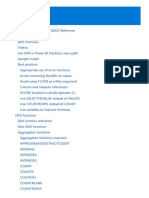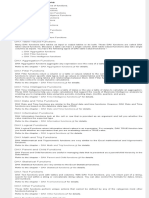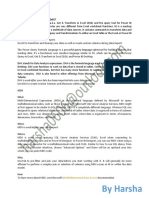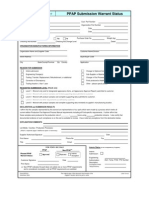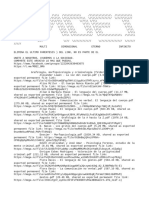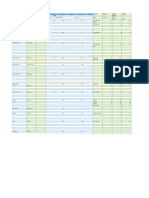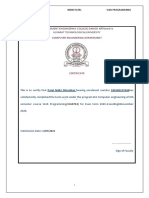0% found this document useful (0 votes)
167 views8 pagesDAX Interview Questions
Bkgjgjgughfvjnvfvbkkbvffcgjkgfvjvcfhcgx chef hi kh f DC h back hack hcjcjvjvkvjvjvjvj disco
Uploaded by
atmeatme55Copyright
© © All Rights Reserved
We take content rights seriously. If you suspect this is your content, claim it here.
Available Formats
Download as PDF, TXT or read online on Scribd
0% found this document useful (0 votes)
167 views8 pagesDAX Interview Questions
Bkgjgjgughfvjnvfvbkkbvffcgjkgfvjvcfhcgx chef hi kh f DC h back hack hcjcjvjvkvjvjvjvj disco
Uploaded by
atmeatme55Copyright
© © All Rights Reserved
We take content rights seriously. If you suspect this is your content, claim it here.
Available Formats
Download as PDF, TXT or read online on Scribd
/ 8































